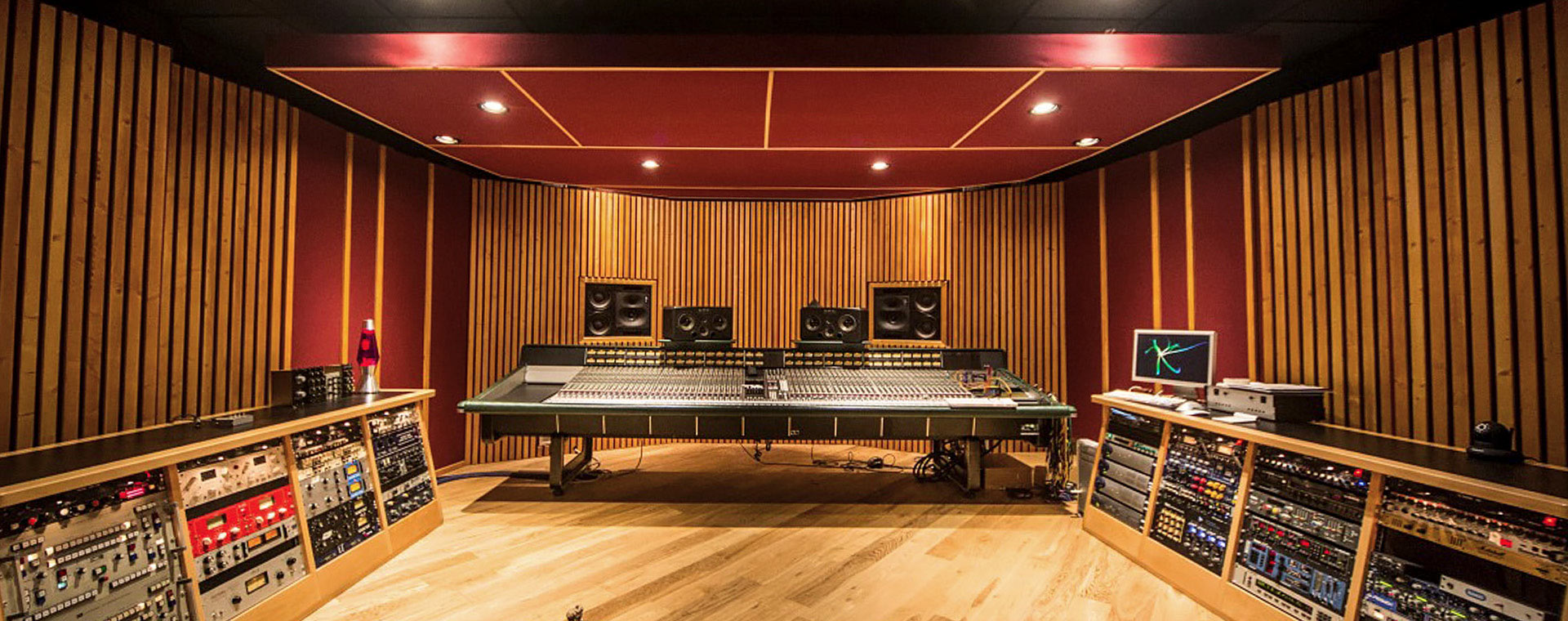Hi. I'm about to make some acoustic panels for my home studio but am confused about the type of Rockwool I should use. I thought I'd come here and hopefully get some advice from you lovely people.
I'm thinking of either of these:
https://www.wickes.co.uk/Rockwool-S...Jq6sfjgWrQ2XE59rObMaAmG6EALw_wcB&gclsrc=aw.ds
or: https://www.ikoustic.co.uk/products/acoustic-underlay/rockwool-acoustic-mineral-wool-rw3-100mm-60kgm³
Which would be the best as acoustic treatment or should I be looking for something else?
Thanks for any advice - it'll be much appreciated.
Cheers
Scott
I'm thinking of either of these:
https://www.wickes.co.uk/Rockwool-S...Jq6sfjgWrQ2XE59rObMaAmG6EALw_wcB&gclsrc=aw.ds
or: https://www.ikoustic.co.uk/products/acoustic-underlay/rockwool-acoustic-mineral-wool-rw3-100mm-60kgm³
Which would be the best as acoustic treatment or should I be looking for something else?
Thanks for any advice - it'll be much appreciated.
Cheers
Scott


